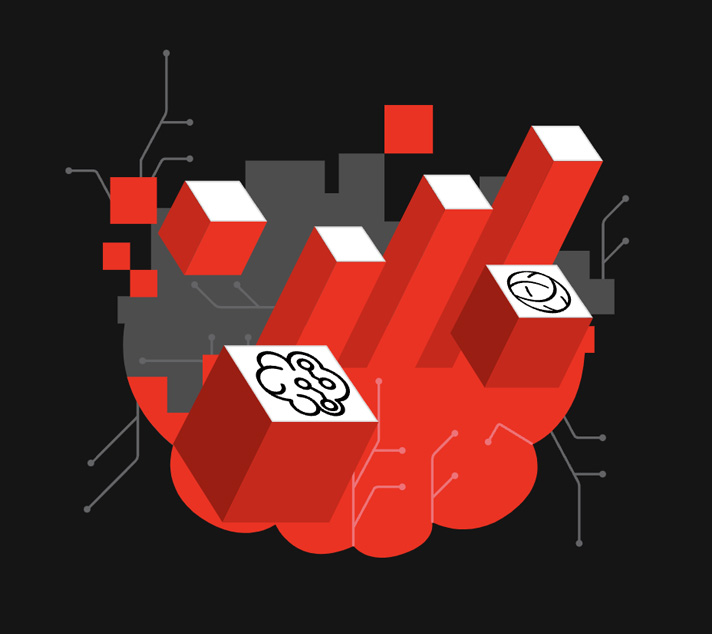Technical resources
Accelerating AI adoption with Red Hat Ecosystem Partners
Artificial Intelligence (AI) introduces unique challenges, as it requires multiple components in the AI stack to work cohesively to deliver practical solutions for real-world problems.
The Red Hat partner ecosystem unites these diverse AI elements, enabling the construction of robust AI stacks on enterprise hybrid cloud platforms. By collaborating closely with Red Hat, partners validate their products for compatibility with the Red Hat® Enterprise Linux® and Red Hat® OpenShift® platforms. This approach ensures the necessary infrastructure and applications are in place, setting our customers up for success as they embark on their AI adoption journey.
To get started working with Red Hat and be included in the AI ecosystem, partners can follow the steps in this guide. At a high level, this is accomplished in four steps:
- Become a Red Hat partner.
- Validate your product. Identify the role it plays in the AI stack (such as LLMs, data management, AI tooling and models, ML/LLMOps, infrastructure, security, governance, or observability). Then assess its compatibility with Red Enterprise Linux and Red Had OpenShift.
- Capture the compatibility with Red Hat OpenShift and/or Red Hat Enterprise Linux in your product documentation.
- Complete the partner validation steps to list your product in our Red Hat Ecosystem Catalog.
Register for the partner program
If your company is not already registered as a technology partner, use this guide to onboard. Everything up to the certification section is relevant for joining the program. If your company already has a profile, request to join your company’s profile, and the account’s organization administrator can add you. If you need any assistance please contact the partner acceleration desk, a global team that can troubleshoot issues associated with partner registration.
Validate your product
Verify your product’s functionality on Red Hat OpenShift or Red Hat Enterprise Linux. Test the product using a Red Hat Partner Subscription (RHPS), and reference this documentation if you need guidance setting up your own OpenShift environment. Alternatively, request access to the OpenShift Partner Lab to get access for a limited time to a cluster hosted by Red Hat.
Note: Red Hat does not provide specific test criteria. It is up to partners to determine how to verify the functionality of their product according to their support standards.
Document compatibility
Partners should indicate their support for Red Hat AI products using their standard documentation practices. This is usually captured in a support matrix or product installation guide. Multiple documentation types can be included to better assist customers consulting the Red Hat Ecosystem Catalog. They can include:
- Reference architectures
- Blog posts
- User guides
- Videos
- Whitepapers
The documentation must be publicly accessible and a link to at least one document will be required as part of the Ecosystem Catalog listing. It’s strongly recommended that the documentation cover how a customer can deploy and operate your products or services in conjunction with the appropriate Red Hat products for the AI use case.
Statement of support
Once validated — and you are comfortable stating support for your product with the Red Hat products — please go to our Connect portal to provide information about your product and complete the validation steps described here. After your product information is reviewed, you will be able to publish it in the Red Hat Ecosystem Catalog.
Get started
Once you’ve registered or confirmed your company as a partner, you can access the partner workflow to complete or update your company profile and review the partner agreement.
The key areas that are needed for the catalog listing are:
- Completion of the company profile
- Legal terms and conditions have been signed
- Product information
If you have any questions, please open a support ticket on connect.redhat.com and our Partner Acceleration team will be happy to help.

